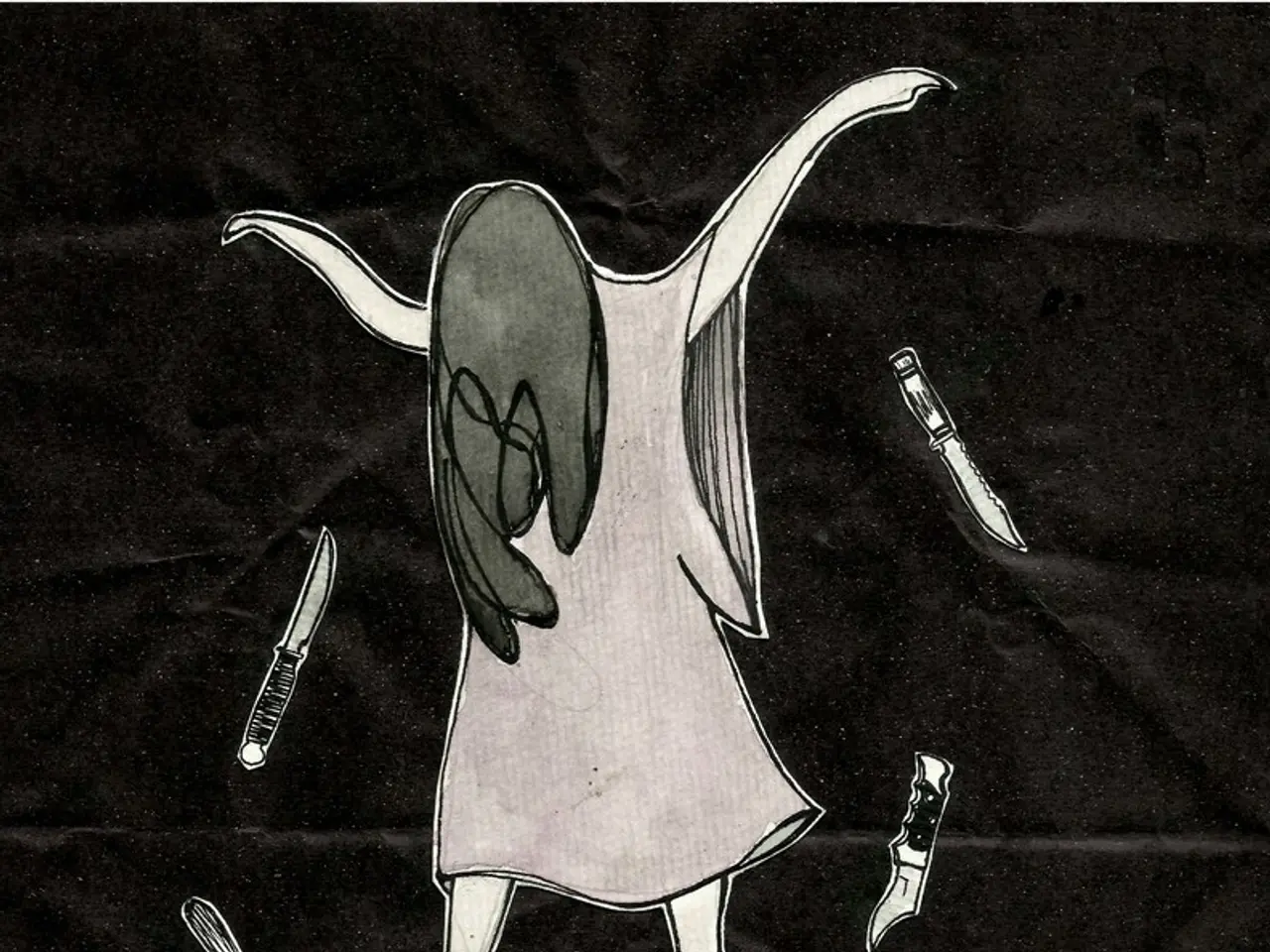Impact of Nine Common Substances Such as Caffeine, Marijuana, and Alcohol on the Human Brain
In the realm of psychotropic substances, a diverse range of compounds can have profound effects on the human brain. From the widely consumed caffeine to the illicit substances like LSD and magic mushrooms, these substances interact with our brains in unique ways, altering our perception, emotions, and cognitive functions.
Caffeine, the most widely consumed psychoactive substance on the planet, blocks adenosine, a molecule that signals tiredness to the brain. This action increases levels of neurotransmitters like dopamine and norepinephrine, leading to feelings of alertness and energy.
On the other hand, substances like magic mushrooms (psilocybin) and LSD disrupt the brain's default mode network (DMN), primarily by decreasing its usual integrity and modularity. This leads to reduced within-network connectivity and increased connectivity between different resting-state networks, effectively dissolving the brain's typical modular organization.
Psilocybin, converted to psilocin in the body, binds to 5-HT2A serotonin receptors, which play a key role in regulating mood and perception. This binding is believed to "reset" the DMN by interrupting its usual function, which is associated with self-referential thinking, introspection, and rumination. The disruption of the DMN leads to a diminished sense of self or "ego dissolution," an experience often reported during psychedelic states.
This breaking down of the DMN's boundaries allows for increased cross-talk between normally segregated brain networks, creating a more globally interconnected brain state. Such changes facilitate greater flexibility in brain function and can promote novel patterns of activity and potentially the formation of new neural pathways or enhanced neuroplasticity. This is supported by observations that reductions in network modularity after psychedelic dosing correlate with therapeutic improvements, for example in treatment-resistant depression, suggesting the brain adopts new modes of connectivity that may underlie lasting psychological benefits.
Other substances, like cocaine, act as dopamine reuptake inhibitors, preventing dopamine from being absorbed back into neurons. This surge of dopamine is responsible for the feelings of euphoria associated with cocaine use. On the other hand, alcohol is both a depressant and a stimulator, suppressing glutamate and enhancing GABA, leading to feelings of relaxation and impaired judgment.
Some powerful substances, like magic mushrooms or LSD, can have long-lasting effects. Regular marijuana use, for instance, can lead to reduced activity in the brain's reward system over time. Chronic MDMA use can impair memory, learning, and emotional regulation. These changes in brain function can persist long after the immediate effects of the drug have worn off.
The use of certain substances can also lead to a dangerous cycle. The CDC report states that people who abuse prescription opioids are 40 times more likely to abuse heroin. Once heroin enters the bloodstream, it is rapidly converted into morphine and binds to opioid receptors across the brain and spinal cord. Over time, this binding can lead to tolerance, requiring higher doses to achieve the same effect, and potentially to addiction.
In high doses, heroin can lead to respiratory failure, coma, or death due to its effect on the brainstem, which controls breathing and heart rate. Similarly, synthetic substances like Flakka trigger a surge of dopamine and norepinephrine, resulting in hyper-alertness, hallucinations, and often violent paranoia. These substances share chemical properties with cocaine and amphetamines, and can be particularly dangerous due to their unpredictable effects and the difficulty in determining safe dosages.
In conclusion, psychedelic drugs, stimulants, and opioids each interact with the brain in distinct ways, altering our perception, emotions, and cognitive functions. Understanding these mechanisms can help us better understand the potential risks and benefits associated with these substances, and inform efforts to develop new treatments and interventions for mental health disorders.
Science reveals that caffeine, the most commonly used psychoactive substance, blocks adenosine and increases dopamine and norepinephrine levels, promoting health-and-wellness benefits like alertness and energy. On the other hand, medical-conditions like depression may respond positively to psychedelics such as magic mushrooms and LSD, which disrupt the brain's default mode network, increasing cross-talk between brain networks and promoting neuroplasticity.




